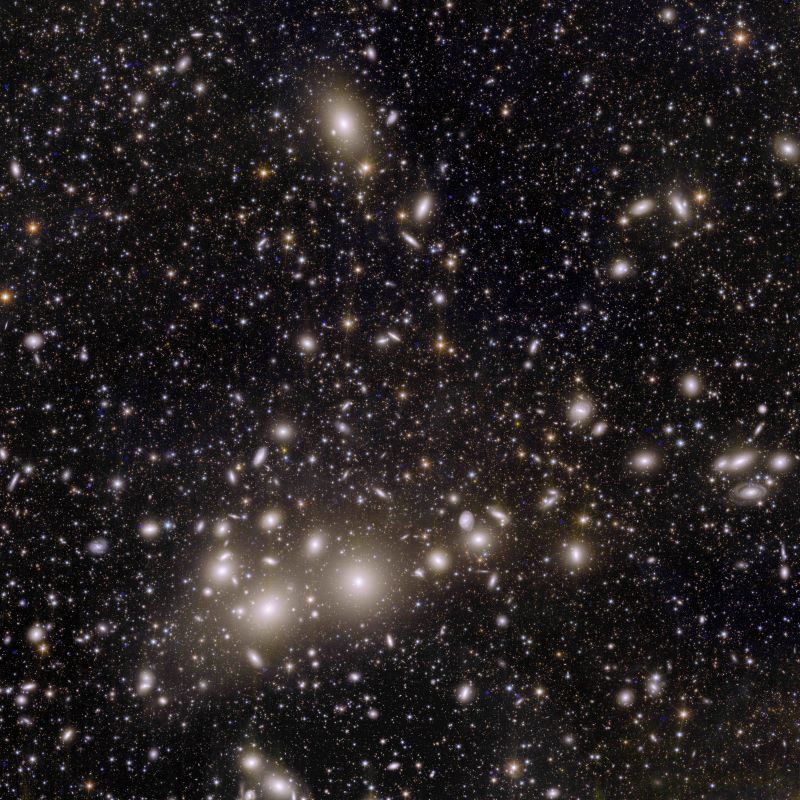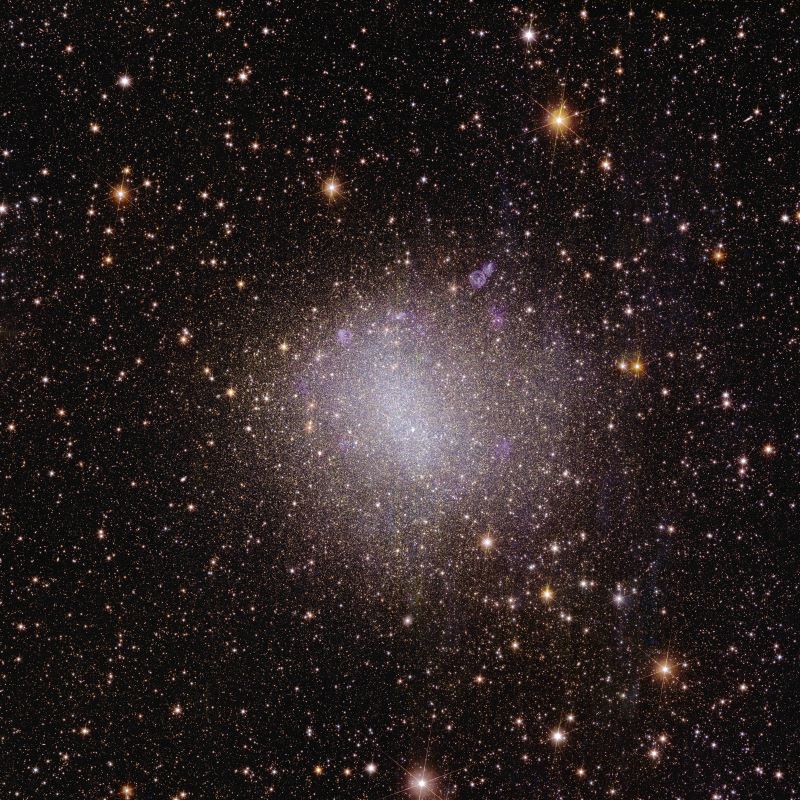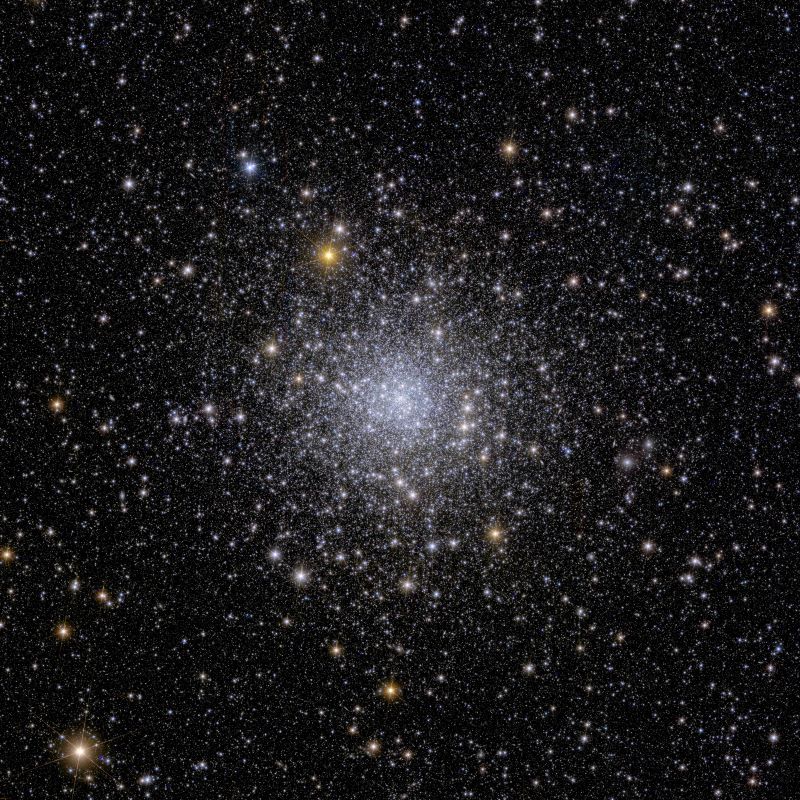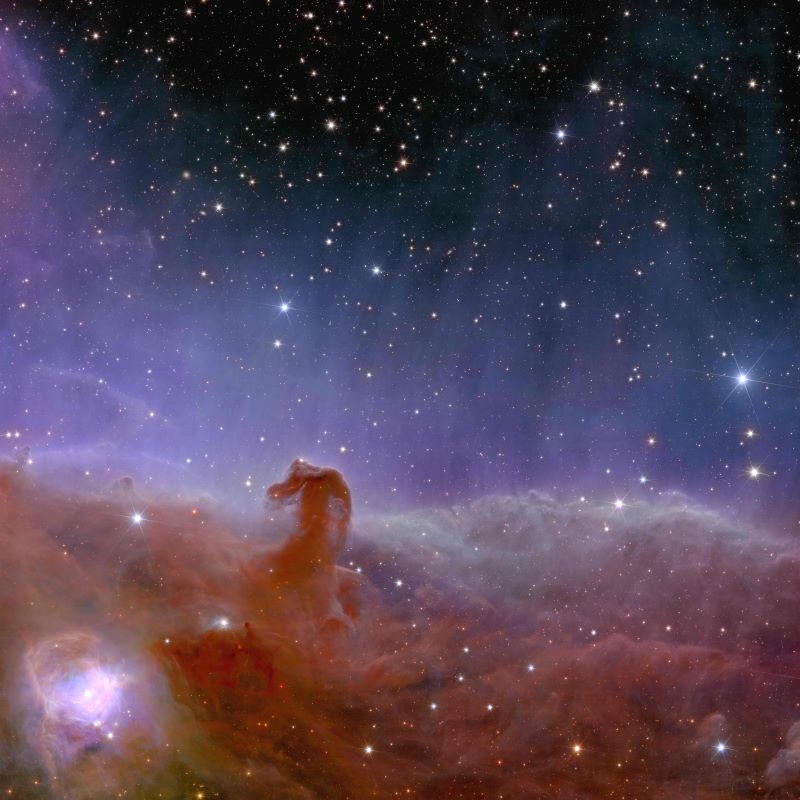Hear Dr. Becky describe what’s exciting about the 1st science images from ESA’s Euclid mission.
The Euclid – launched this past July – is a cosmology survey mission, optimized to determine the properties of dark energy and dark matter on universal scales. And Dr. Becky – above – does a great job explaining what’s cool about Euclid’s first images, released this week. Plus, if you want more, the European Space Agency published the original article below on November 7, 2023. Edits by EarthSky.
On November 7, 2023, ESA’s Euclid space mission revealed its first full-color images of the cosmos. Never before has a telescope been able to create such razor-sharp astronomical images across such a large patch of the sky, and looking so far into the distant universe. These five images illustrate Euclid’s full potential. They show that the telescope is ready to create the most extensive 3D map of the universe yet, to uncover some of its hidden secrets.
What is the Euclid space telescope?
Euclid, our dark universe detective, has a difficult task: to investigate how dark matter and dark energy have made our universe look like it does today. In fact, some 95% of our cosmos appears to be made of these mysterious ‘dark’ entities. But we don’t understand what they are, because their presence causes only very subtle changes in the appearance and motions of the things we can see.
To reveal the ‘dark’ influence on the visible universe, over the next six years Euclid will observe the shapes, distances and motions of billions of galaxies out to 10 billion light-years. By doing this, it will create the largest cosmic 3D map ever made.
What makes Euclid’s view of the cosmos special is its ability to create a remarkably sharp visible and infrared image across a huge part of the sky in just one sitting.
The first images showcase this special capacity. From bright stars to faint galaxies, the observations show the entirety of these celestial objects, while remaining extremely sharp, even when zooming in on distant galaxies.
The 2024 lunar calendars are here! Best Christmas gifts in the universe! Check ’em out here.
Scientists share their excitement about Euclid
ESA Director of Science, Carole Mundell, said:
Dark matter pulls galaxies together and causes them to spin more rapidly than visible matter alone can account for. Dark energy is driving the accelerated expansion of the universe. Euclid will – for the first time – allow cosmologists to study these competing dark mysteries together. Euclid will make a leap in our understanding of the cosmos as a whole, and these exquisite Euclid images show that the mission is ready to help answer one of the greatest mysteries of modern physics.
Project scientist René Laureijs said:
We have never seen astronomical images like this before, containing so much detail. They are even more beautiful and sharp than we could have hoped for, showing us many previously unseen features in well-known areas of the nearby universe. Now we are ready to observe billions of galaxies, and study their evolution over cosmic time.
The Perseus Cluster of galaxies

This incredible snapshot from Euclid is a revolution for astronomy. The image shows 1,000 galaxies belonging to the Perseus Cluster, and more than 100,000 additional galaxies further away in the background.
Many of these faint galaxies were previously unseen. Some of them are so distant that their light has taken 10 billion years to reach us. By mapping the distribution and shapes of these galaxies, cosmologists will be able to find out more about how dark matter shaped the universe that we see today.
This is the first time that such a large image has allowed us to capture so many Perseus galaxies in such a high level of detail. The Perseus Cluster is one of the most massive structures known in the universe, located ‘just’ 240 million light-years away from Earth.
Astronomers demonstrated that galaxy clusters like Perseus can only have formed if dark matter is present in the universe. Euclid will observe numerous galaxy clusters like Perseus across cosmic time, revealing the ‘dark’ element that holds them together.
Spiral galaxy IC 342

Over its lifetime, our dark universe detective will image billions of galaxies, revealing the unseen influence that dark matter and dark energy have on them. That’s why it’s fitting that one of the first galaxies that Euclid observed is nicknamed the ‘Hidden Galaxy’. It’s also known as IC 342 or Caldwell 5. Thanks to its infrared view, Euclid has already uncovered crucial information about the stars in this galaxy, which is a look-alike of our Milky Way.
Irregular galaxy NGC 6822

To create a 3D map of the universe, Euclid will observe the light from galaxies out to 10 billion light-years. Most galaxies in the early universe don’t look like the quintessential neat spiral but are irregular and small. They are the building blocks for bigger galaxies like our own. We can still find some of these galaxies relatively close to us. This first irregular dwarf galaxy that Euclid observed is NGC 6822. It lies 1.6 million light-years from Earth.
Globular cluster NGC 6397

This sparkly image shows Euclid’s view on a globular cluster called NGC 6397. This is the second-closest globular cluster to Earth, located about 7,800 light-years away. Globular clusters are collections of hundreds of thousands of stars held together by gravity. Currently no other telescope than Euclid can observe an entire globular cluster in one single observation, and at the same time distinguish so many stars in the cluster. These faint stars tell us about the history of the Milky Way and where dark matter is located.
Euclid sees the Horsehead Nebula

Euclid shows us a spectacularly panoramic and detailed view of the Horsehead Nebula. This area of gas and dust is part of the constellation Orion. In Euclid’s new observation of this stellar nursery, scientists hope to find many dim and previously unseen Jupiter-mass planets in their celestial infancy, as well as young brown dwarfs and baby stars.
Bottom line: See the first images from the Euclid space telescope, a dazzling assortment of galaxies, clusters and nebulae that will help us understand dark matter and dark energy.











